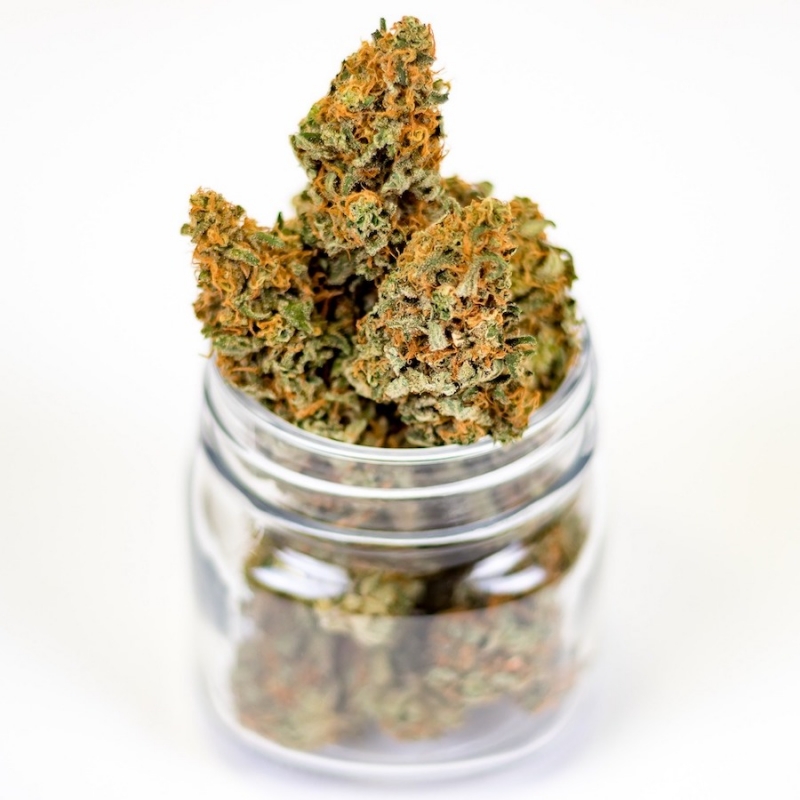
June 17, 2024 (GLOBE NEWSWIRE) -- The global medical marijuana packaging market was valued at US$ 6.5 billion in 2023 and is projected to reach US$ 117.2 billion by 2032, growing at a CAGR of 37.9% during the forecast period of 2024 to 2032.
The United States dominates this market, holding a 80% share, with over 5 million registered medical marijuana patients across 38 states where it is legalized. This significant market presence is driving the cannabis packaging tin box,paper rolling container industry, which is valued at $6.5 billion. The packaging sector is evolving rapidly, with 60% of companies transitioning to sustainable packaging solutions and 45% adopting biodegradable materials, reflecting a broader trend towards environmental responsibility.
Safety and compliance are critical in the medical marijuana packaging market. Currently, 90% of medical marijuana products use child-resistant packaging, and 85% include tamper-evident features. Additionally, 95% of products comply with state labeling regulations, and 70% of packaging incorporates QR codes for detailed product information. Despite the push for sustainability, plastic remains the dominant packaging material, comprising 55% of the market, by glass at 25%, aluminum at 15%, and paper-based options at 5%. The shift towards sustainable packaging has increased costs by 10%, but it aligns with consumer preferences, as 72% of consumers favor eco-friendly packaging.
The regulatory landscape and medical marijuana packaging market competition are shaping the future of medical marijuana packaging.Glass wax oil container,flower glass jar. With 80% of states imposing specific advertising restrictions and 65% of consumers recognizing brands through packaging, companies are investing heavily in compliance and brand differentiation. Minimalist design trends are preferred by 50% of brands, with green being the dominant color used by 60%. Advanced security features are included in 75% of products, and 50% of packaging is fully recyclable. The industry faces challenges such as generating 1.2 million tons of packaging waste annually, but it also sees significant investment in research and development, with $500 million allocated annually. Over 200 packaging suppliers (Safecare Medical,Avantis Packaging) compete in this market, driving innovation and consumer education, with 55% of companies investing in initiatives to inform consumers about packaging features and benefits.


 English
English français
français Deutsch
Deutsch русский
русский italiano
italiano español
español português
português Nederlands
Nederlands 日本語
日本語 한국의
한국의







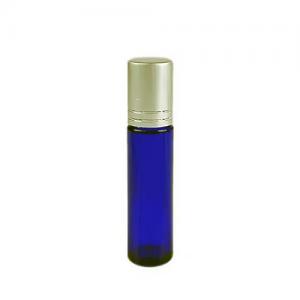
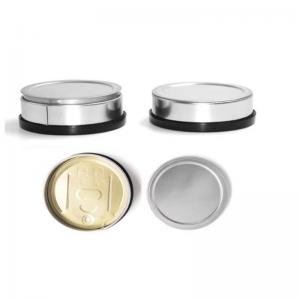
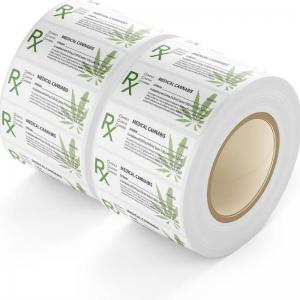
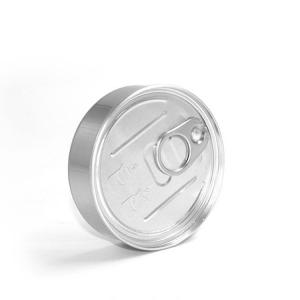
 2024-08-01
2024-08-01

 Online service
Online service +86 15375471059
+86 15375471059

